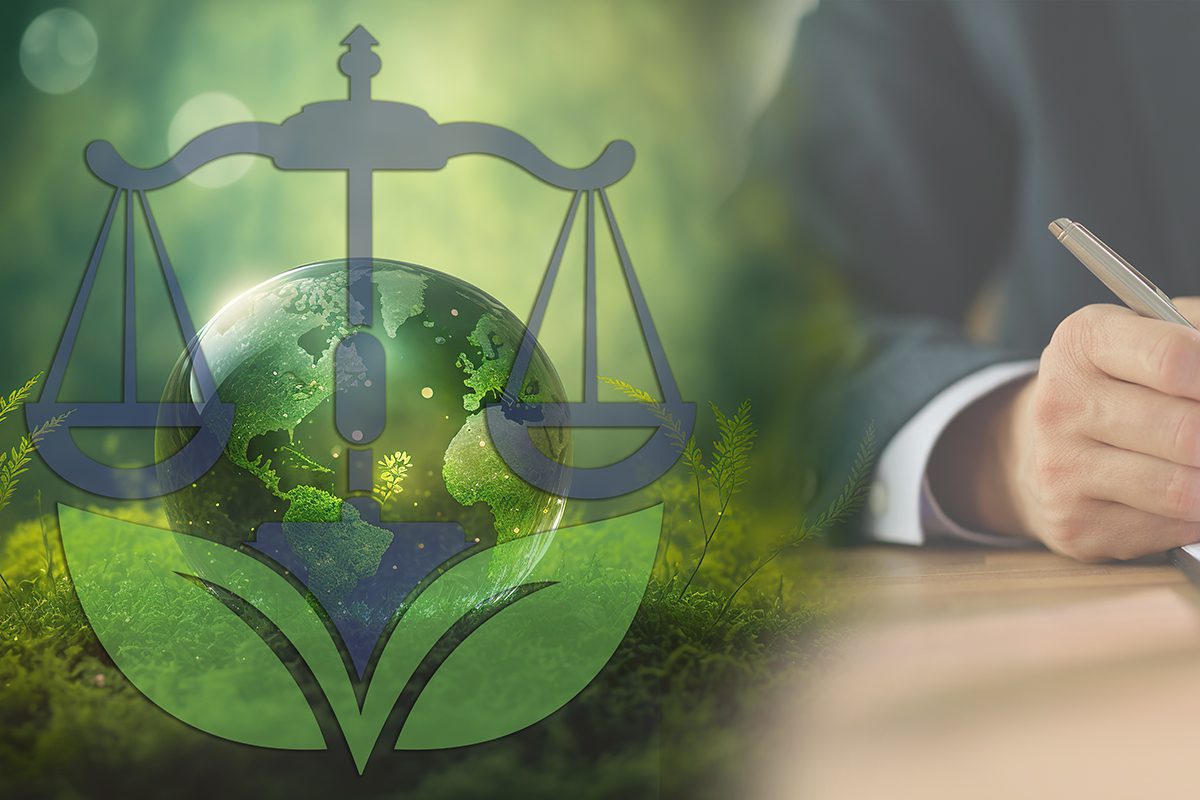April 2023 was a banner month for clean transportation, with federal and state agencies celebrating landmark legislation and regulations to curb emissions and champion environmental justice. Ahead of Earth Week, U.S. Environmental Protection Agency (EPA) Administrator Michael Regan proposed landmark emissions standards. EPA’s draft regulations would rapidly accelerate the transition to zero-emission medium- and heavy-duty vehicles, with an eye toward equity and environmental justice.
Like the EPA Administrator, Governor Phil Murphy of New Jersey also had historic news to share, approving the Environmental Justice Rules, or “EJ Rules,” for the Garden State’s Environmental Justice Law, which the New Jersey Department of Environmental Protection (DEP) deems to be the nation’s toughest. New Jersey enacted these rules on April 17, empowering the DEP to take bold action in service of the state’s overburdened communities (OBCs).
The EJ Rules cover the following eight types of facilities:
- Major sources of air pollution (i.e., gas fired power plants and cogeneration facilities)
- Resource recovery facilities or incinerators; sludge processing facilities
- Sewage treatment plants with a capacity of more than 50 million gallons per day
- Transfer stations or solid waste facilities
- Recycling facilities that receive at least 100 tons of recyclable material per day
- Scrap metal facilities
- Landfills
- Medical waste incinerators, except those attendant to hospitals and universities
Permit applicants for the eight (8) covered facility types will have to consider and avoid “environmental and public health stressors, including pollution from numerous industrial, commercial, and governmental facilities” in OBCs. The new regulatory climate will undoubtedly raise questions for the transportation sector, including:
- Why are the EJ Rules of particular interest to clean transportation stakeholders?
The EJ Rules will require covered facilities with fleets to address the stressors their vehicles inflict upon OBCs in terms of both air quality and traffic.
- When will facilities with fleets need to perform this analysis?
The EJ Rules are effective April 17, 2023. Therefore, leaders of covered facilities located in OBCs will now have to consider and analyze potential environmental and public health stressors to the public when submitting a permit application to DEP for a new or expanded facility or renewing a major source permit.
- How will covered facility applicants comply with the EJ Rules?
Two major actions stand out for applicants: providing an environmental justice impact statement (EJIS) and adhering to a process of meaningful public participation. Be sure to monitor the DEP website, as EJIS guidance is forthcoming. While the EJIS will provide an analysis of stressors and strategies to mitigate them, the public participation process will afford OBCs thoughtful stakeholder engagement as well as a public comment period of 60 days. Of note, the applicant must await DEP approval of their EJIS before embarking on the public participation process.
- Do the EJ Rules take clean transportation technologies into consideration for the covered facilities?
Yes: in the EJ Rules FAQ, DEP specifically acknowledged “fleet electrification” as an eligible permit condition for applicants to address environmental and public health stressors. The transition to clean fuels for on-site fleet operations would improve local air quality and quality of life for OBCs, while complying with the EJ Rules.
To help you navigate this new landscape, please consider taking the following steps:
- Learn more about the procedures you may have to take, including preparing an EJIS, by visiting the EJ Rules FAQ
- Locate covered facilities and OBCs via the state’s Environmental Justice Mapping, Assessment, and Protection Tool
- Plug into the public participation process by attending the DEP- and EPA-hosted EJ Community Engagement Sessions
Stakeholders can leverage these interactive resources to navigate the EJ Rules. The rules will speed up the adoption of cleaner alternatives to diesel- and gas-powered trucks, driving the clean transportation movement forward. OBCs, who disproportionately suffer the worst effects of the air pollution crisis, will enjoy significant public health and environmental benefits from this rule.
From the EPA to the Garden State, public policy officials are working with industry and community leaders to drive forward accessible and inclusive air quality measures, together.
Could your firm, agency, or organization use some help navigating the incentives, regulations, and policies coming to your fleet as a result of these new policies? GNA, North America’s leading clean transportation and energy consulting firm, is here to help. Reach out if you would like to strategize around environmental justice and clean transportation. Here’s to a season full of transformational clean transportation — and human — investment.



